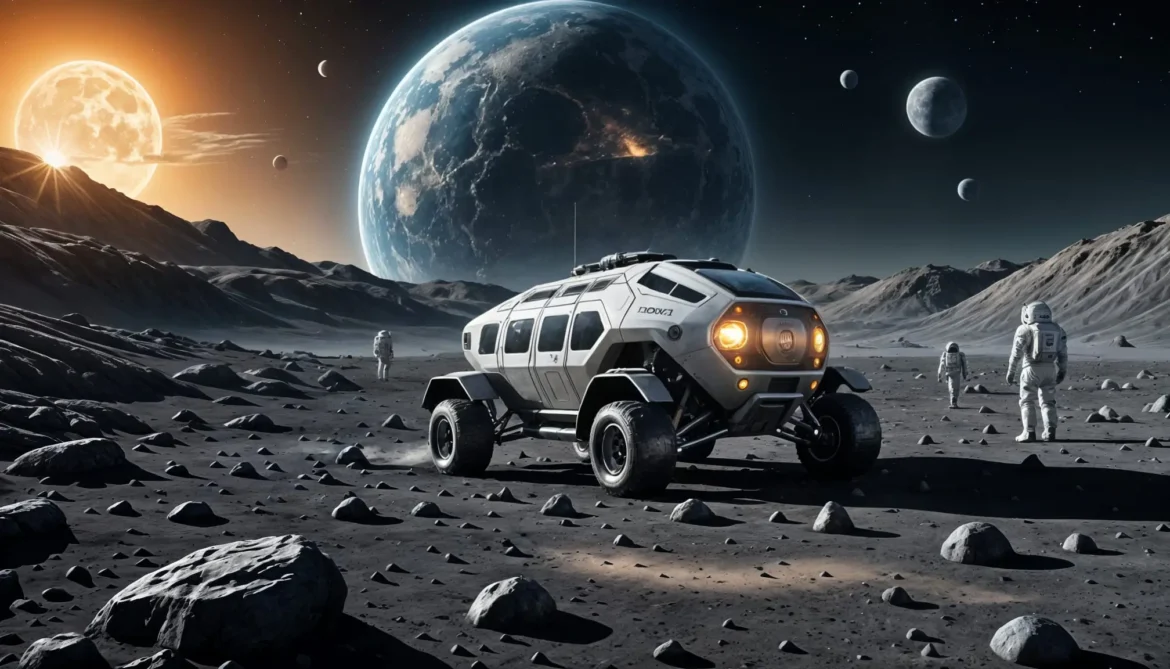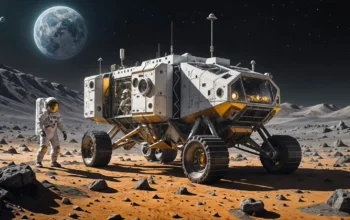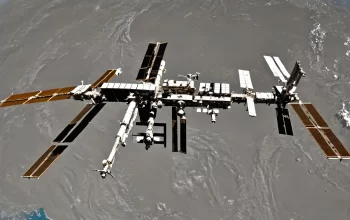Honda, a global leader in automotive innovation, is venturing beyond terrestrial boundaries by testing its advanced hydrogen fuel cell technology aboard the International Space Station (ISS). This initiative aims to validate the system’s efficiency in microgravity, paving the way for sustainable energy solutions in space exploration and potential lunar habitation.
The Genesis of Honda’s Hydrogen Fuel Cell System
Honda’s regenerative fuel cell system is designed to produce hydrogen, oxygen, and electricity through the electrolysis of water. During the lunar day, solar energy powers the electrolysis process, generating hydrogen and oxygen. At night, the system utilizes the produced hydrogen and oxygen to generate electricity, with water as the sole byproduct, ensuring a closed-loop energy cycle.
Objectives of Testing on the ISS
The primary goal of conducting these tests aboard the ISS is to assess the performance of Honda’s fuel cell system in microgravity conditions. Understanding how the system operates in space is crucial for its potential application in future lunar missions, where reliable life support systems are essential.
Collaboration with Sierra Space and Tec-Masters
Honda has partnered with Sierra Space and Tec-Masters to facilitate the testing process. Sierra Space will transport the necessary equipment to the ISS using its Dream Chaser spaceplane, while Tec-Masters will provide expertise in ISS technology operations. This collaboration underscores Honda’s commitment to integrating cutting-edge automotive technology with space exploration.
Potential Impact on Lunar Exploration
The successful demonstration of Honda’s fuel cell system in space could significantly impact the feasibility of establishing human habitats on the Moon. The system’s ability to produce essential resources like oxygen and electricity from water found on the lunar surface aligns with the requirements for sustainable off-Earth living.
Addressing Challenges in Space Electrolysis
Previous studies have indicated that electrolysis may produce approximately 11% less oxygen under lunar gravity compared to Earth’s gravity. Honda’s initiative to test and refine its system in space is a strategic move to overcome such challenges, ensuring the reliability of the technology for future lunar applications.
Honda’s Vision for a Hydrogen-Powered Future
Honda’s exploration of hydrogen technology extends beyond automotive applications. The company envisions a future where hydrogen plays a pivotal role in energy production, both on Earth and in space. This initiative reflects Honda’s broader commitment to innovation and sustainability across various domains.









